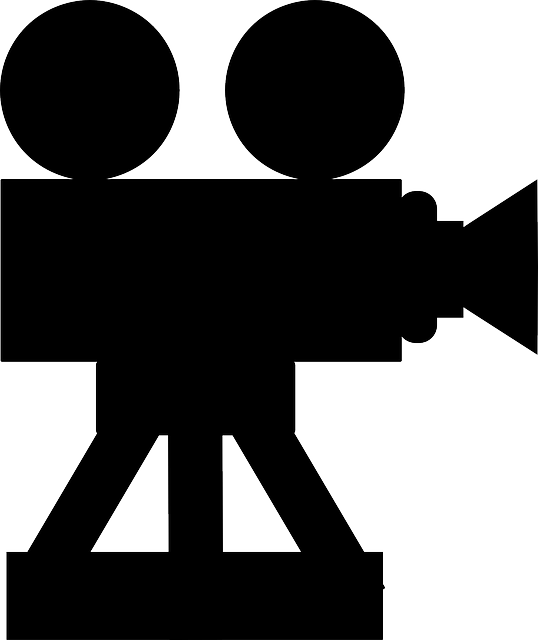
The stage is surrounded by three walls. But there is an invisible fourth wall too: the wall between the actors and the audience. Actors in plays or on the screen usually don’t acknowledge the audience. But when they do, they “break” the fourth wall.
What Does it Mean to Break the Fourth Wall?
If you’ve ever seen a play, chances are good that the actors did not acknowledge the presence of the audience. In most live and recorded performances, the characters go about their day-to-day activities as if there’s no audience present at all.
If an actor speaks to or otherwise acknowledges the presence of the audience, it’s called “breaking the fourth wall.”
This technique isn’t limited to live performances. In some movies or TV shows, you’ve probably seen a character look right at the camera and say something addressed to the audience. That’s a break in the fourth wall, too.
Common Examples
There’s no single correct way for a director or writer to do this, but there are a few common ways to break the fourth wall:
- Looking at (or speaking to) the audience. This is one of the most common ways the fourth wall is broken. It’s also seen frequently on TV, where actors look a (and sometimes speak directly to) the camera.
- Acknowledging being a character. Less often, a character will say something about being a character in a play (or movie, etc.). Since this acknowledges a reality outside that of the play or film, it’s also considered a way to break the fourth wall.
- Delivering a soliloquy. A soliloquy is when a character makes a speech while alone, usually speaking their thoughts aloud to nobody in particular. Virtually nobody does this in real life, so practically speaking, soliloquies serve as a kind of voiceover. And since voiceovers are delivered for the benefit of the audience, a soliloquy is yet another way to break the fourth wall.
If you’re watching a live or recorded performance where a character breaks the fourth wall, you’ll almost certainly see the wall broken more than once. In order to make a break in the wall fit in with the rest of a performance, most writers and directors will either break the fourth wall several times or not at all.
Why Break the Fourth Wall?
Especially since this technique isn’t used too terribly often, you might wonder why a writer or director would choose to have a character speak directly to the audience or otherwise acknowledge their presence. The truth is that a choice to break the fourth wall can heighten the atmosphere of a performance, but it can also serve as a practical way to get information across.
A character might also break the fourth wall if the audience needs to hear his or her thoughts. As an audience member, it can be hard to tell what a character is feeling or thinking. So to communicate this, a character might turn to the audience to offer a brief commentary.
Sometimes, this device also works as a storytelling strategy. If the audience needs to hear information that is being kept from other characters, a brief break in the fourth wall is often the most logical way to get that information across.
This technique tends to work best in comedies, as it can disrupt the atmosphere of more dramatic plays, films, etc. After all, the concept of a character acknowledging the audience is a little strange in itself, so it can heighten the comic appeal of a performance. And sometimes, if the audience is laughing at a particularly funny moment in a play, an actor might say something directly to them to make the moment even funnier.
And lastly, a break in the fourth wall allows the audience to build a rapport with one or more characters. When the audience feels a connection to a character, they tend to feel more connected to the performance itself. And when they feel that connection, they’ll usually get more enjoyment out of the performance as a whole.
Conclusion
This theater technique isn’t used in all (or even most) plays or film projects. But when it’s included, it’s a great way to increase audience engagement and make a performance truly memorable!

